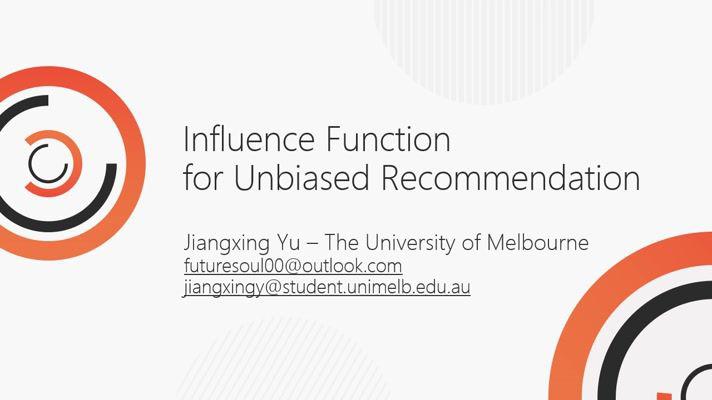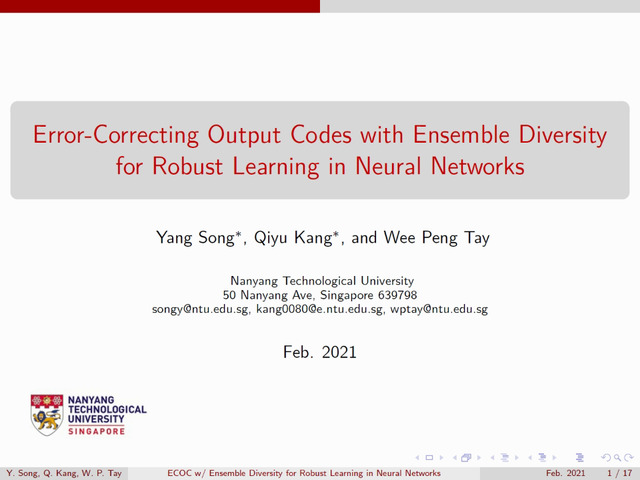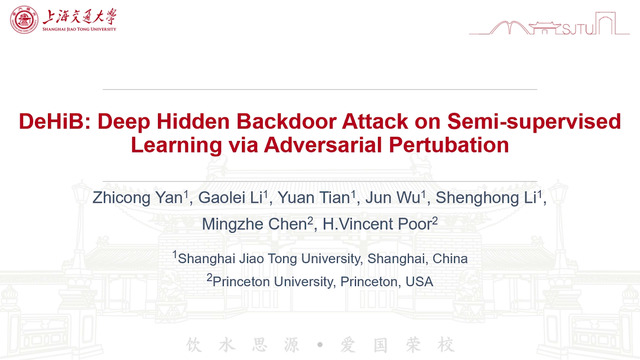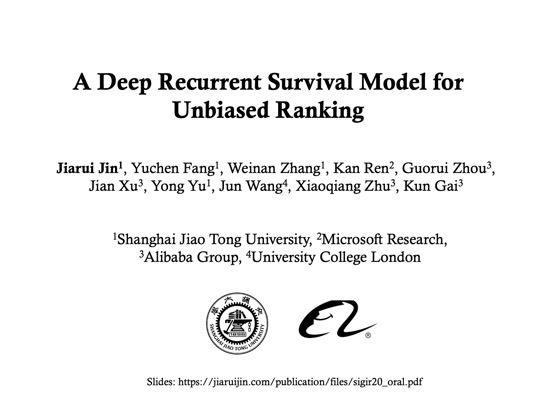Abstract:
In recent years, recommender system has become an indispensable function in all e-commerce platforms. The review rating data for a recommender system typically comes from open platforms, which may attract a group of malicious users to deliberately insert fake feedback in an attempt to bias the recommender system to their favour. The presence of such attacks may violate modeling assumptions that high-quality data is always available and these data truly reflect users’ interests and preferences. Therefore, it is of great practical significance to construct a robust recommender system that is able to generate stable recommendations even in the presence of shilling attacks. In this paper, we propose GraphRfi - a GCN-based user representation learning framework to perform robust recommendation and fraudster detection in a unified way. In its end-to-end learning process, the probability of a user being identified as a fraudster in the fraudster detection component automatically determines the contribution of this user’s rating data in the recommendation component; while the prediction error outputted in the recommendation component acts as an important feature in the fraudster detection component. Thus, these two components can mutually enhance each other. Extensive experiments have been conducted and the experimental results show the superiority of our GraphRfi in the two tasks - robust rating prediction and fraudster detection. Furthermore, the proposed GraphRfi is validated to be more robust to the various types of shilling attacks over the state-of-the-art recommender systems.










































